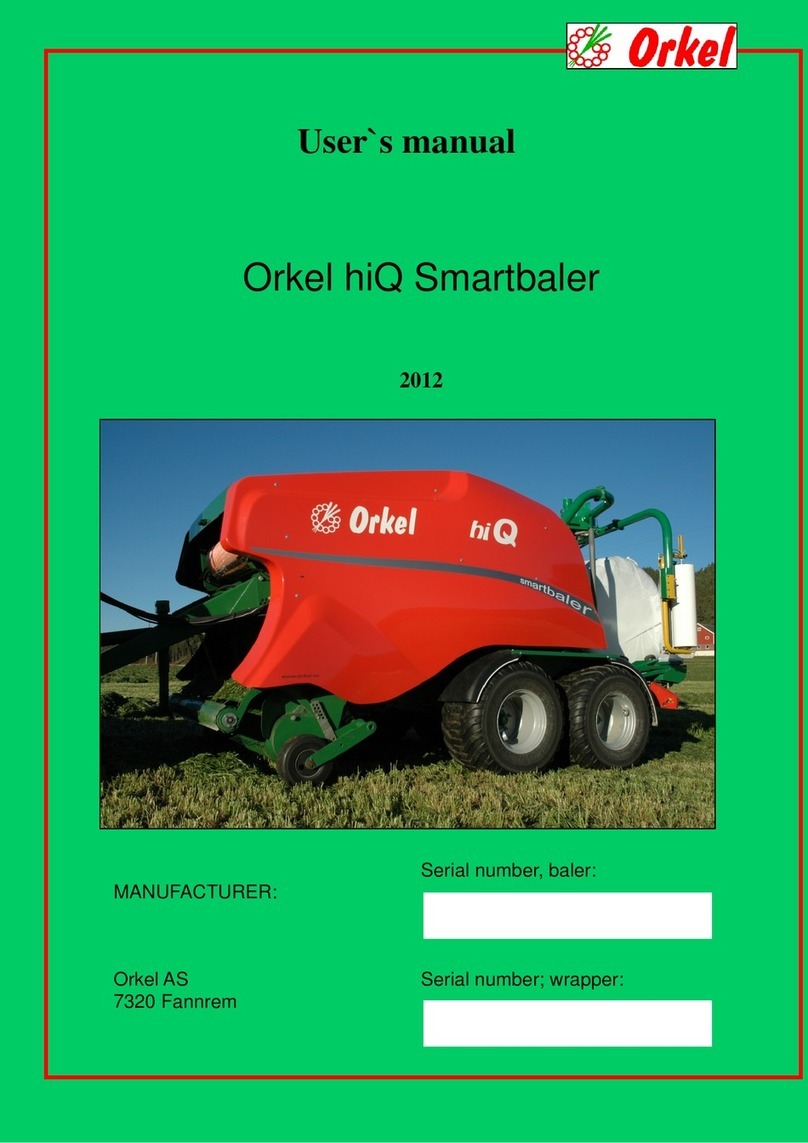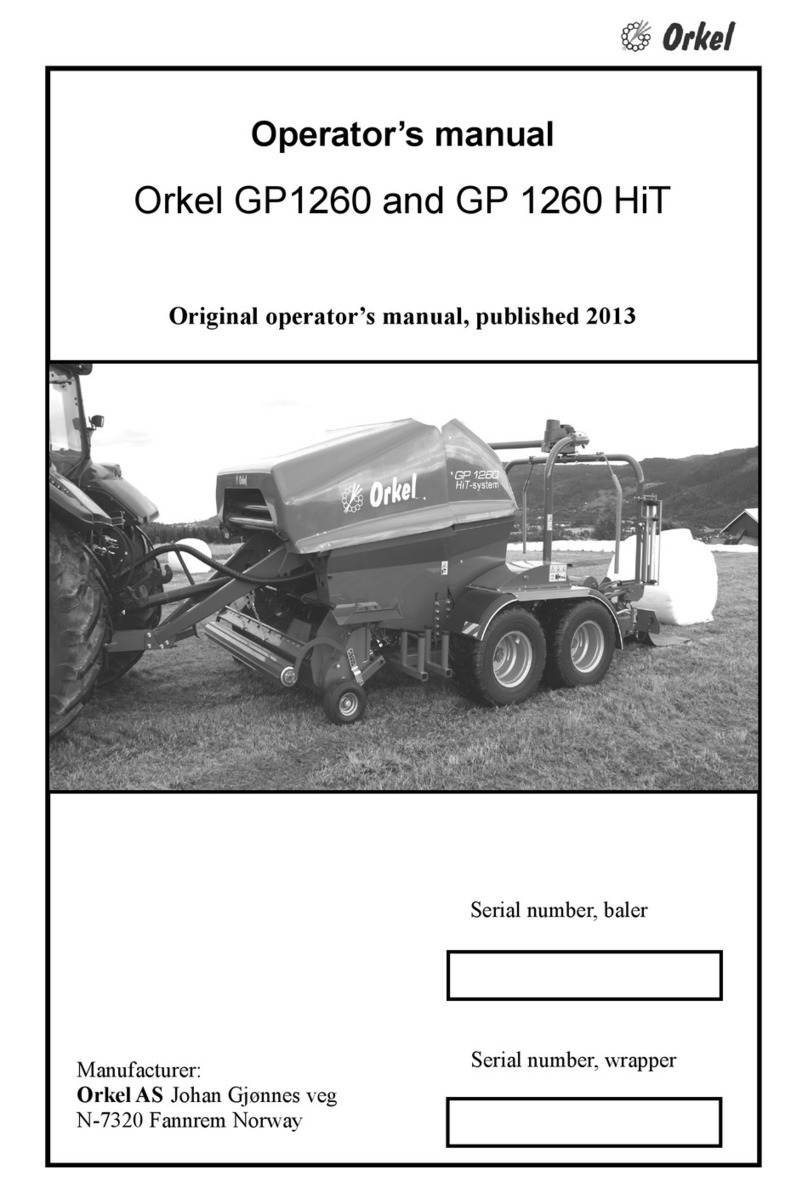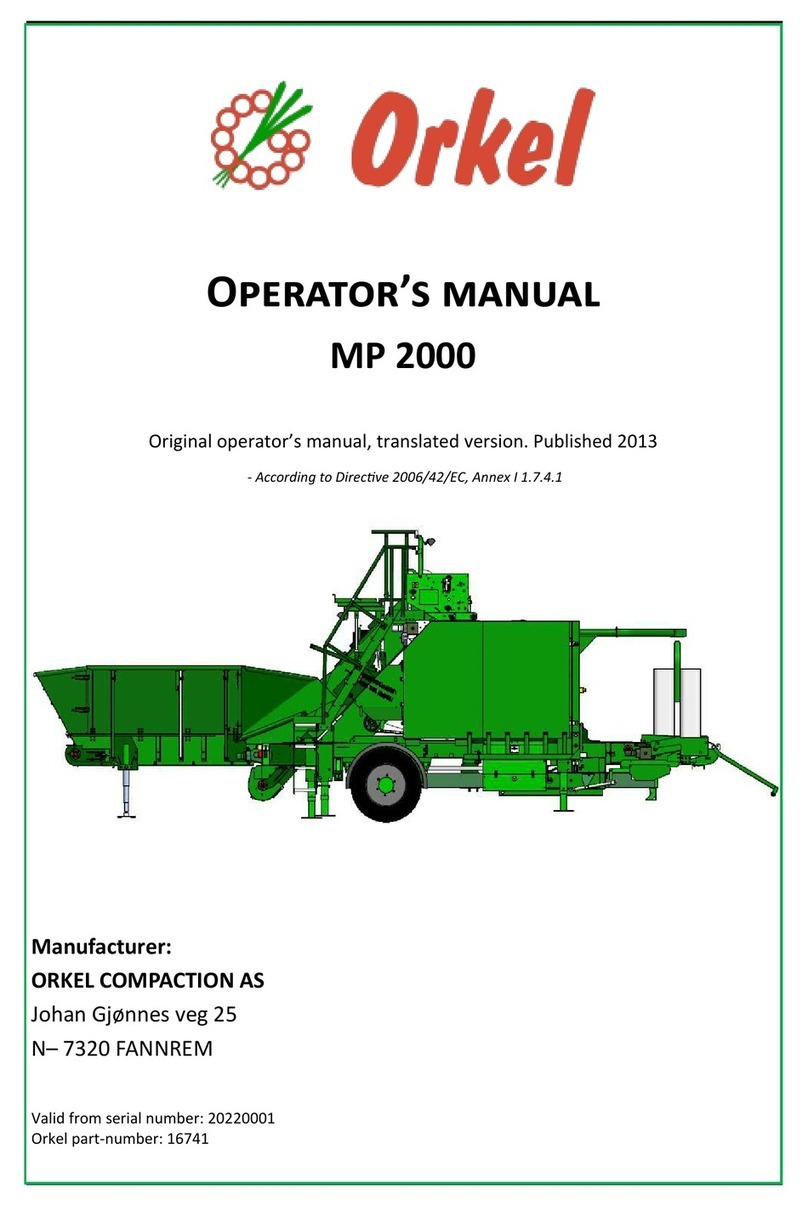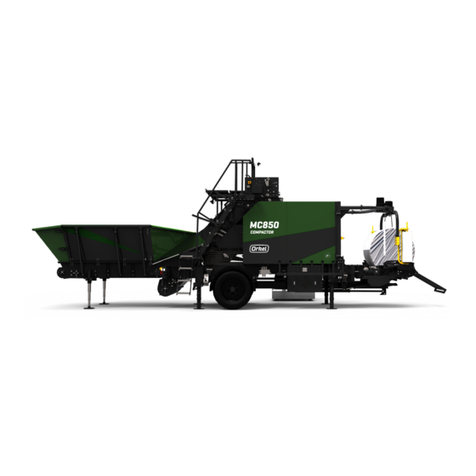
3
TABLE OF CONTENTS
W
ARRANTY
............................................................................................................... 6
W
HEELS
.................................................................................................................. 10
D
RAWBAR
............................................................................................................... 10
P
OWER TRANSMISSION
............................................................................................. 13
L
IGHTS AND BRAKES
................................................................................................ 13
H
YDRAULICS
........................................................................................................... 14
E
LECTRIC POWER SUPPLY
........................................................................................ 14
Main current cable.................................................................................................................................14
Control box.............................................................................................................................................14
N
ET BINDING
............................................................................................................ 16
Mounting the net roll..............................................................................................................................16
M
OUNTING THE FILM ROLL
(S
EE FIG
.
8)...................................................................... 17
A
SSEMBLY
.............................................................................................................. 19
B
ASIC FUNCTIONS
.................................................................................................... 20
C
ONTINUE IN THE PROGRAMME MENU
(
FROM THE START SCREEN
/
FIRST PICTURE
)......... 22
S
ETTINGS
:............................................................................................................... 22
Settings in Baling programs....................................................................................................................28
Counters settings....................................................................................................................................29
Calibrate settings....................................................................................................................................31
Chamber calibration...............................................................................................................................31
During operation....................................................................................................................................34
D
RIVING
.................................................................................................................. 36
B
ALER FILLING
........................................................................................................ 36
B
ALE BINDING
.......................................................................................................... 37
B
ALE WRAPPING
...................................................................................................... 38
If you run out of film whilst wrapping....................................................................................................38
If the wrapping arm hits an obstacle.......................................................................................................38
Transportation........................................................................................................................................38
W
ORK ROUTINES
..................................................................................................... 39
R
ECOMMENDATIONS FOR ACHIEVING MAXIMUM FODDER QUALITY
................................. 39
A
DVICE ON BALING STRAW WITH A FIXED CHAMBER BALER
.......................................... 40
P
ICKUP
................................................................................................................... 41
T
HE NET BRAKE
....................................................................................................... 41
N
ET LENGTH
............................................................................................................ 43
N
ET BLADES
............................................................................................................ 43
C
UTTING
................................................................................................................. 44
W
RAPPING UNIT SETTINGS CONDITIONS
/
BASIC INFORMATION
....................................... 44
B
EKA
M
AX FULLY AUTOMATIC GREASING SYSTEM
,
TYPE
EP1...................................... 45
Assembly of the net tying system.............................................................................................................45
Function.................................................................................................................................................46
Filling ....................................................................................................................................................46
Venting...................................................................................................................................................47
Maintenance and inspection...................................................................................................................47
Winter storage........................................................................................................................................47
D
AILY
/
REGULAR MAINTENANCE BEFORE USE
.............................................................. 48
G
ENERAL
................................................................................................................ 48
L
UBRICATION OF MANUAL LUBRICATION POINTS
......................................................... 49
Baler:.....................................................................................................................................................49
Wrapper:................................................................................................................................................49
N
ET BLADES
............................................................................................................ 50
C
HAINS
................................................................................................................... 51

































